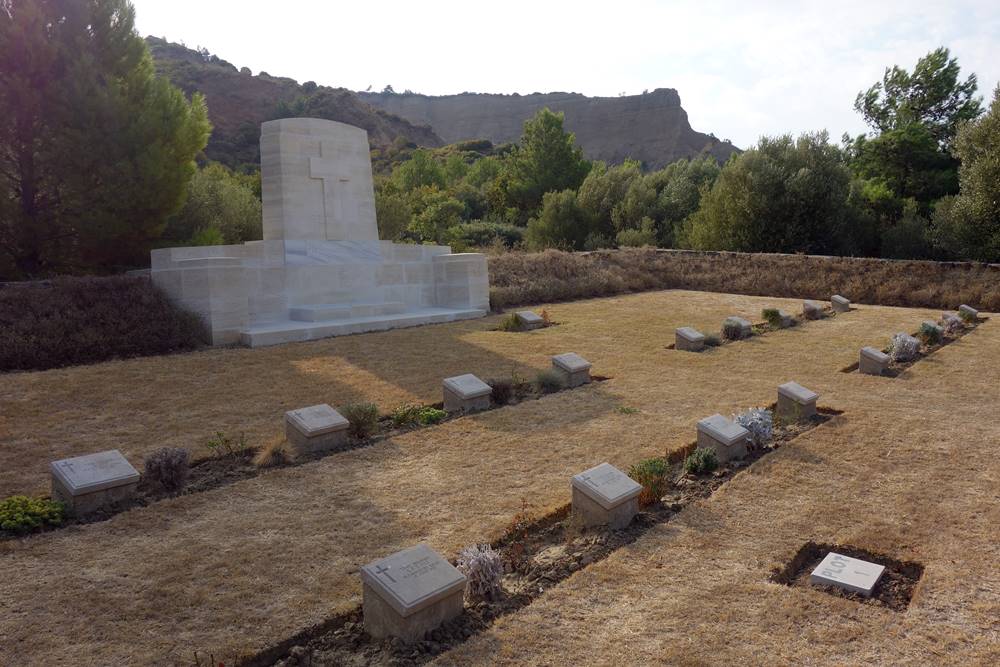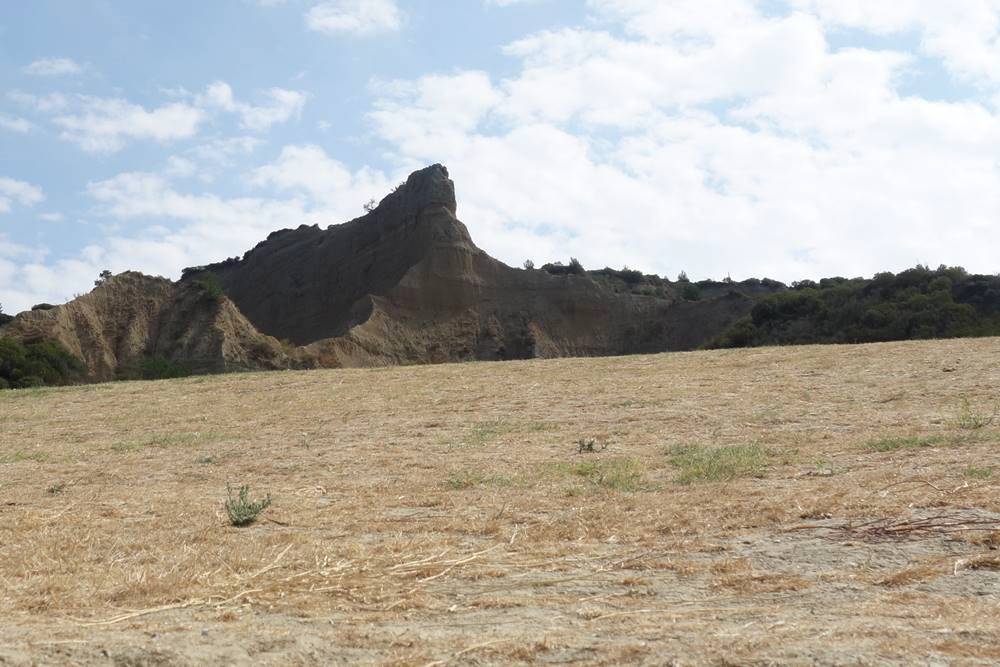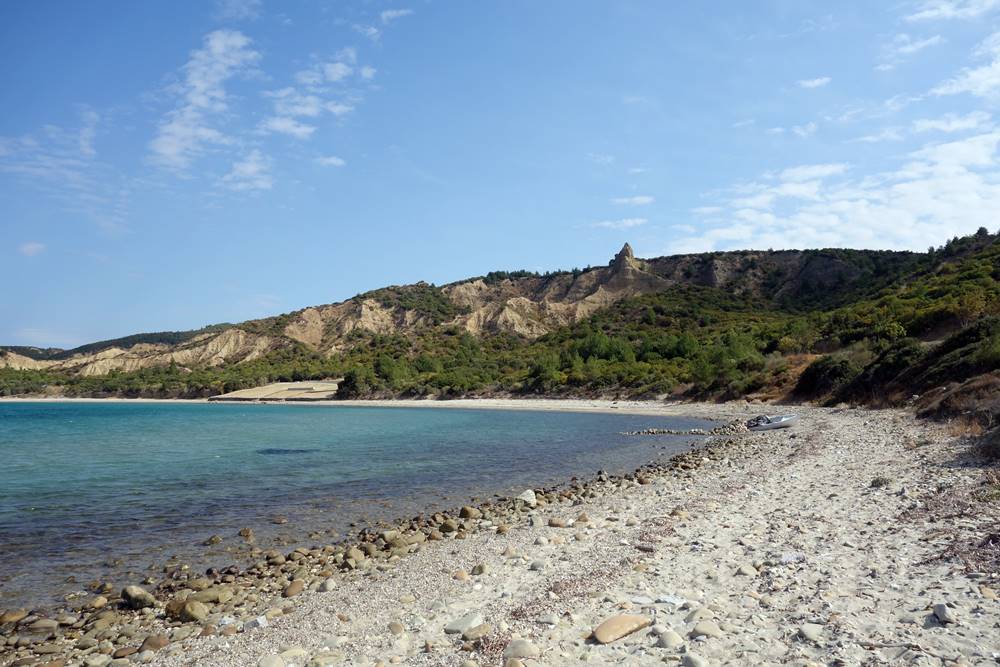This article looks at the Sphinx, one of the most recognizable landmarks of the Gallipoli Campaign. I have also created guides to help you research soldiers who served in the British and Indian Armies:
- Guides to the Gallipoli Campaign
- Guides for Researching British Soldiers
- Guides for Researching Indian Soldiers
The Sphinx Gallipoli
The Sphinx is one of the most prominent landmarks of the Gallipoli Campaign located directly in front of North Beach in what was the ANZAC Sector. The landmark is named after its resemblance to the Great Sphinx of Giza which would have been seen first-hand by many of the soldiers when they had been stationed in Egypt. Thousands of soldiers had their photographs taken next to the Sphinx, usually on a camel, during the war with the large Mena Camp located in the shadow of the pyramids. The photograph above was taken standing from North Beach in front of the grassy area which can be seen in the last photograph on the page.


